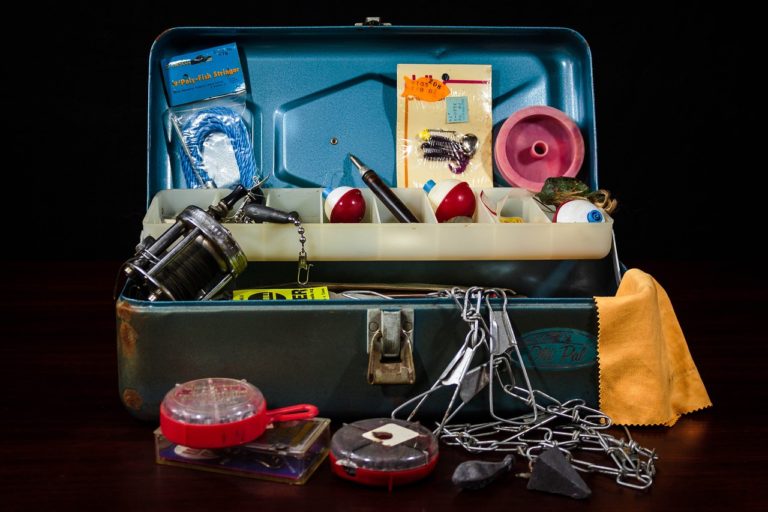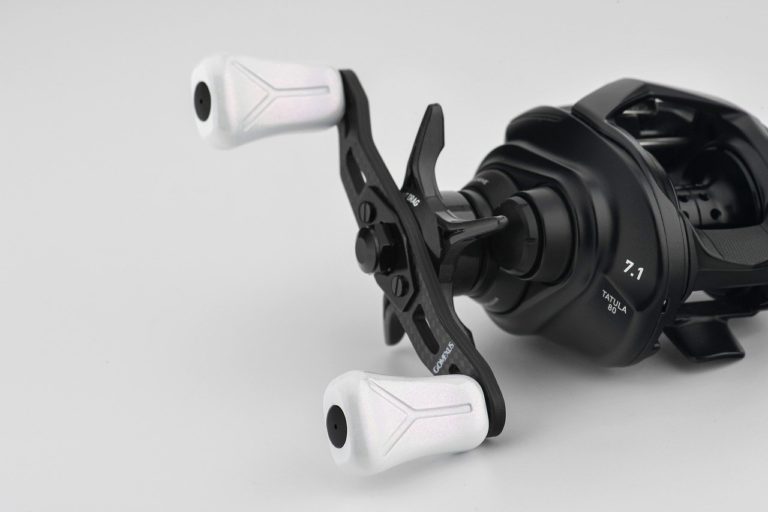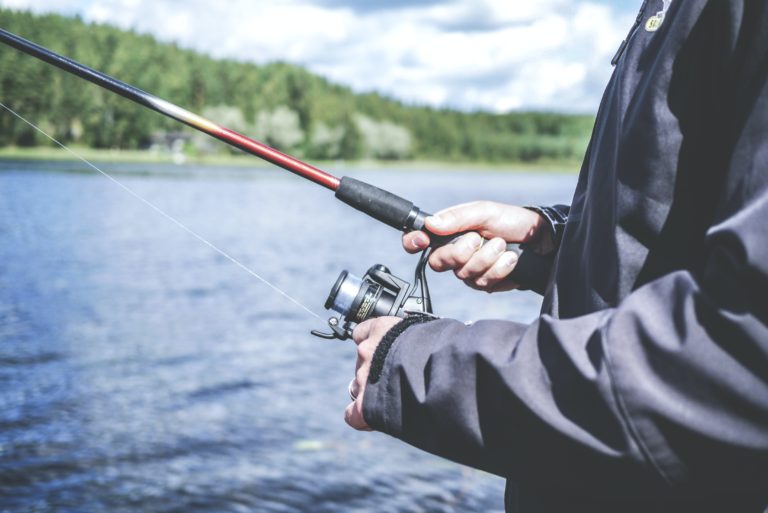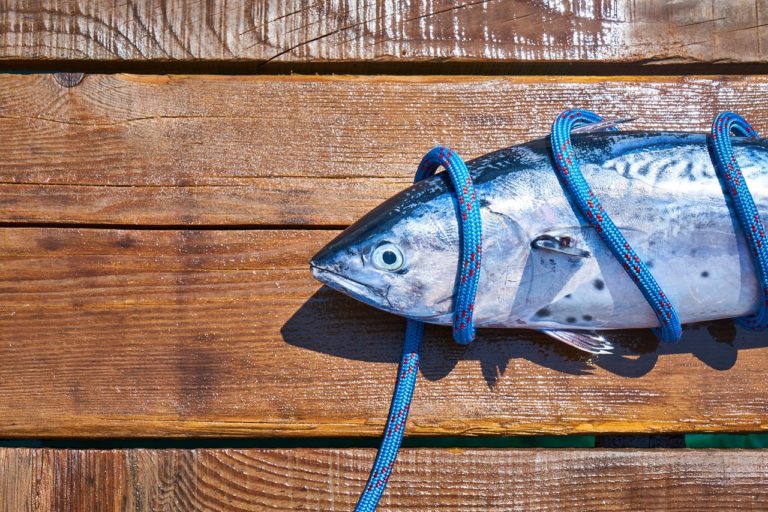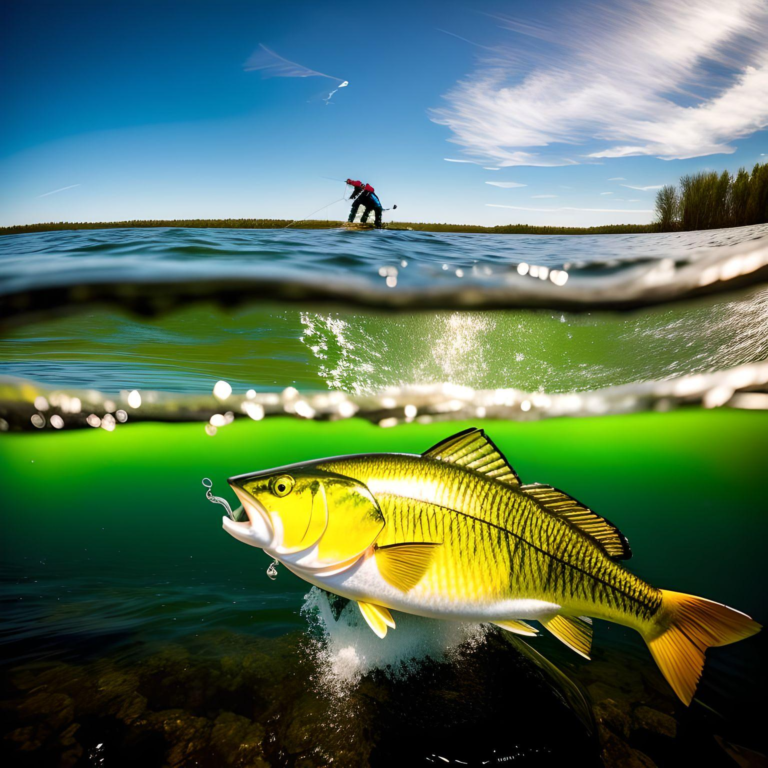How to Setup a Drop Shot Rig: The Ultimate Guide
What is Drop Shot Fishing and How Do I Do It?
Welcome, fellow anglers, to this comprehensive piece aimed at demystifying one of the most effective fishing techniques, “Drop Shot Fishing”.
This article will guide you through the nuances of what drop shot fishing is, and provide a step-by-step tutorial on how to make and effectively use a drop shot rig. We’ll delve into the nitty-gritty of the best techniques to maximize your chances of a successful catch.
Whether you’re an experienced angler or a novice looking to broaden your fishing repertoire, this article will serve as your one-stop guide to mastering drop shot fishing. So, put on your fishing hat and let’s dive in!
What Do I Need to Make a Drop Shot Rig?
To start your drop shot fishing journey, you’ll need a few key pieces of equipment:
- A sinker: This is the weight that will hold your bait at the right depth.
- Fluorocarbon line: This invisible underwater fishing line reduces the chances of scaring away fish. The density of the fluorocarbon leader means you can use a light line relative to the monofilament.
- Drop Shot Hook: This hook is specifically made for drop shots and presents the lure in the best way.
- Live or plastic worm: This bait attracts the fish to your line.
- Ability to tie a Palomar knot: This reliable knot is crucial for securing your hook to your line.
Visit our article on the different types of fishing lures to learn more about other lure options you have.
What is Drop Shot Fishing
A drop shot rig, as the name suggests, involves a setup where you ‘drop’ your fishing line into the water, along with a weight (the sinker) at the very end of the line, and a hook positioned along the line above the sinker.
This specific arrangement has a strategic purpose: it allows the bait, typically a live or plastic worm, to suspend at a specific depth in the water while retaining a natural, enticing movement. By placing the hook further up the line and attaching the sinker at the end, you effectively create a separation between the bait and the bottom of the water.
This technique not only keeps your bait visible to the fish but also imparts a more realistic and appealing movement to the worm, which is likely to lure in an unsuspecting fish.
How to Setup a Drop Shot Rig
Setting up a drop shot rig requires a bit of finesse, but it’s a process that even beginners can quickly master. Start by selecting a hook suitable for your target species. Once you have your hook, you’re ready to tie it onto your line.
For this, we’ll use a Palomar knot, favored by anglers for its strength and reliability. To tie a Palomar knot, double about 6 inches of line and pass the loop through the eye of the hook. Then, tie a simple overhand knot with the loop.
Next, pass the loop over the end of the hook. Lastly, pull on both the standing line and tag end to cinch the knot. Ensure the knot is secure. From this knot, leave an extended length of line – this will be used for attaching your sinker.
This setup allows your bait to be presented at a specific depth while the weight rests on the bottom, making it an effective technique for drop shot fishing.
Drop Shot Sinkers
When it comes to drop shot weights, a teardrop-shaped sinker with a line gripper clip is highly recommended. This particular design offers a number of benefits. First and foremost, the line gripper clip allows for easy attachment of the line.
This means less hassle and more time for fishing. Furthermore, this design proves advantageous if your sinker gets snagged underwater. Instead of having to redo the entire setup, you can simply pull the line from the sinker and attach a new one. This feature dramatically reduces downtime and gets you back to fishing faster.
What Fishing Line Should I Use?
The fluorocarbon line is an essential component for successful drop shot fishing. Its key advantage lies in its near invisibility underwater, making it less likely to spook wary fish and thereby increasing your chances of a successful catch.
Additionally, it has a higher density compared to other types of fishing lines, which allows it to sink faster and more effectively. This characteristic is especially beneficial in drop shot fishing, as it assists in maintaining the bait at the desired depth.
Drop Shot Hooks
The drop shot hook plays a significant role in the effectiveness of this fishing technique. This specialized hook is designed to perfectly and securely hold the lure, enabling it to maintain an upright position in the water, mimicking the natural behavior of prey. Such a strategic positioning makes it irresistible for fish, increasing the likelihood of them gulping down the bait.
Lures and Bait
Choosing the right lure for drop shot fishing is a crucial aspect that can significantly influence your success rate. Live worms are a popular choice due to their inherent wiggle, making them irresistible to fish.
However, if you prefer an artificial lure, soft plastic bait can be an excellent alternative, mirroring the live prey’s movement. Just remember, the key is to experiment with different types of lures to find out what works best in your specific fishing environment.
Drop Shot Techniques
When it comes to lure placement on the hook, there are two popular methods to consider. The first is the ‘wacky rig’ setup, wherein the lure is attached to the hook right in the middle, leaving the hook exposed. Wacky rigging enables the lure to move freely, imitating the natural movements of live prey, and can be particularly effective when fishing in open water. Alternatively, you can opt for a ‘weedless’ setup, where the tip of the hook is embedded within the lure, shielding it from snagging on underwater vegetation. This approach is especially beneficial in areas with dense aquatic plant life, mitigating the risk of losing your gear to pesky weeds.
Drop Shot for Bass Fishing
Drop shot fishing is particularly effective when targeting bass due to several unique benefits. The structure of the drop shot setup positions the lure above the weight, which keeps it suspended in the water and directly in the line of sight for bass for a prolonged period.
This allows ample time for the bass to take interest and strike. In addition, the separation between the weight and the lure gives the lure freedom to wiggle and flutter naturally in the current, mimicking the movements of live prey and enticing the bass.
Another advantage of drop shot fishing is the ease with which you can “jig” or bounce the weight on the bottom, creating an alluring disturbance without moving the lure too far from the target area. This makes drop shotting an uncomplicated but highly effective technique for bass fishing.
Can You Use a Drop Shot Setup in Ocean Fishing?
Absolutely, the drop shot setup isn’t limited to freshwater fishing; it can also be highly effective in ocean fishing scenarios. For species such as flounder and halibut, which are typically found near the sea floor, the drop shot method presents an ideal solution. These fish are known to chase upward to feed, and the drop shot setup, with its lure suspended above the weight, is perfectly suited to entice this behavior.
Even more so, the drop shot technique is advantageous for its ability to leave bait in a strategic location and wait for a fish to pass by. Due to the separation between the weight and the lure, the bait remains stationary even in the face of strong ocean currents, maintaining its position and coaxing inquisitive fish to strike.
Thus, the versatility and effectiveness of the drop shot setup make it a favorite among ocean anglers targeting flounder, halibut, and other bottom-dwelling species.
When is the Best Time of Year to Use a Drop Shot Rig?
The drop shot rig is a versatile technique that can be utilized year-round, effectively enticing bass across all seasons. Bass are known to be quite elusive, often hiding around cover and staying put for extended periods. The drop shot setup, with its ability to maintain a stationary bait, is particularly useful under these conditions.
During the summer months, when the water is warm and food is plentiful, bass tend to slow down to conserve energy. The drop shot technique mimics a vulnerable, easy meal, which can tempt even the most lethargic bass into biting. Therefore, mastering the drop shot rig can significantly enhance your fishing success rate whatever the season.
The Spring and Winter months are also great for a drop shot because the bass are more aggressive and willing to feed. During these times, however, it is important to be mindful of where you’re fishing. Bass tend to move into deeper waters during colder temperatures to find warmer water or access their food sources. If you can locate these areas, your chances of success with a drop shot rig will increase substantially.

